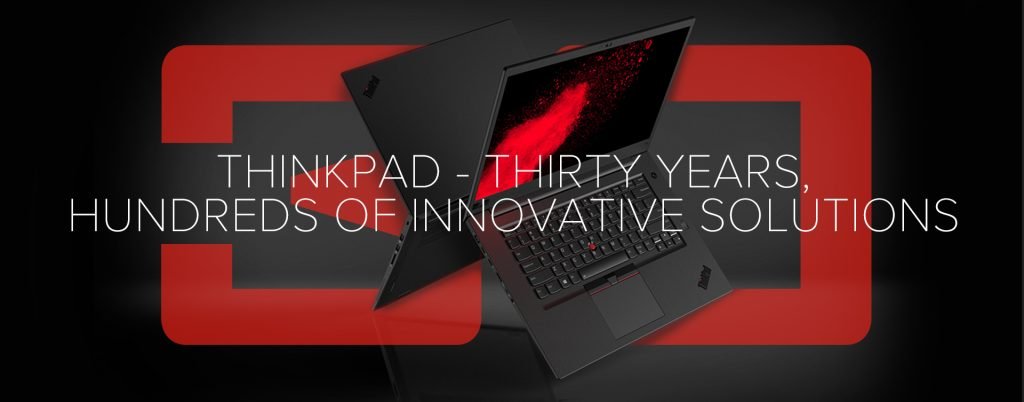While we would struggle to get by without a laptop today, thirty years ago, the situation was different, to say the least. Then, there were no smart and lightweight mobile phones, no internet search engines like Google or Yahoo, let alone social networks. So while Wi-Fi or Bluetooth technology was only a pipe dream, the simplest of “floppies” was on every technology enthusiast’s wish list.
We owe the introduction of the ThinkPad back in 1992 to Arimasa Naitoh, who was able to anticipate the needs of future notebook users. Spending many sleepless nights working on what was then called the Aloha project, Arimasa realised that a business-class laptop had to be extremely robust. Observing the constant rush of business people, the ThinkPad designer appreciated that no one has time to be careful with a device. Still, everyone wants a light enough laptop to be solid-looking and has no doubts about durability.
The ThinkPad design that combines these elements and that hundreds of millions of people worldwide have come to love was inspired by the black Japanese lunchbox bento. The centuries-old bento design was the perfect match for what notebook designers have long been looking for – solid-looking, practical and convenient. And inspiration from the environment continued to be drawn. The ThinkPad 701’s butterfly wing keyboard was such a unique technological solution that you can still see it at the Museum of Modern Art in New York.
But that’s not all that makes ThinkPad one of the best-selling business-class laptops in the world today. With each new model, engineers continue to follow in the footsteps of Arimasa Naitoh and strive to discover cutting-edge technology solutions that reflect the real-life human experience of using a notebook computer.
Lenovo ThinkPads are made from the strongest materials available to mankind today, which are also used in the manufacture of aeroplanes and Formula 1 cars. Carbon fibre, magnesium alloy and stainless steel make ThinkPad impact-resistant yet incredibly lightweight, far outperforming any competitor on the market. Moreover, Lenovo’s engineers go beyond the usual international testing that is mandatory for every computing device.
Speed, extreme temperatures, radiation and low pressure, are just a few of the extreme conditions used to test these laptops’ durability. A range of tests by Lenovo engineers complements the programme, which combines 12 different methods and 26 specific military standards. For example, the durability of the ThinkPad’s case hinges is tested by mechanically folding and unfolding the device’s screen more than 30 000 times.
Over the 30 years of ThinkPad’s life, these business-class notebooks have earned a reputation as the best. ThinkPad devices are relied upon by workers on the International Space Station, biodiversity researchers in the Amazon forest and conquerors of Mount Everest. These are computers that are simply unmatched, as anyone who has ever touched the iconic red TrackPoint button in the middle of the keyboard will attest. It’s a good feeling that a new decade of technological advances will bring a new ThinkPad into its fourth decade.

